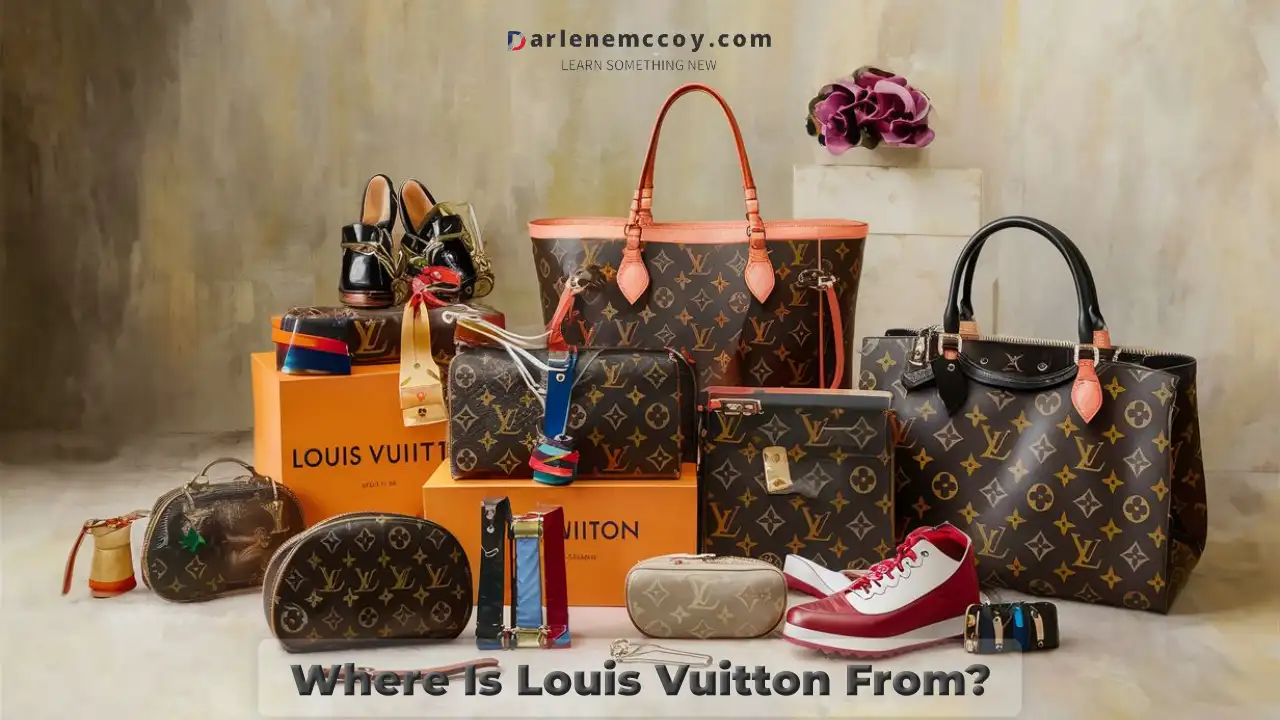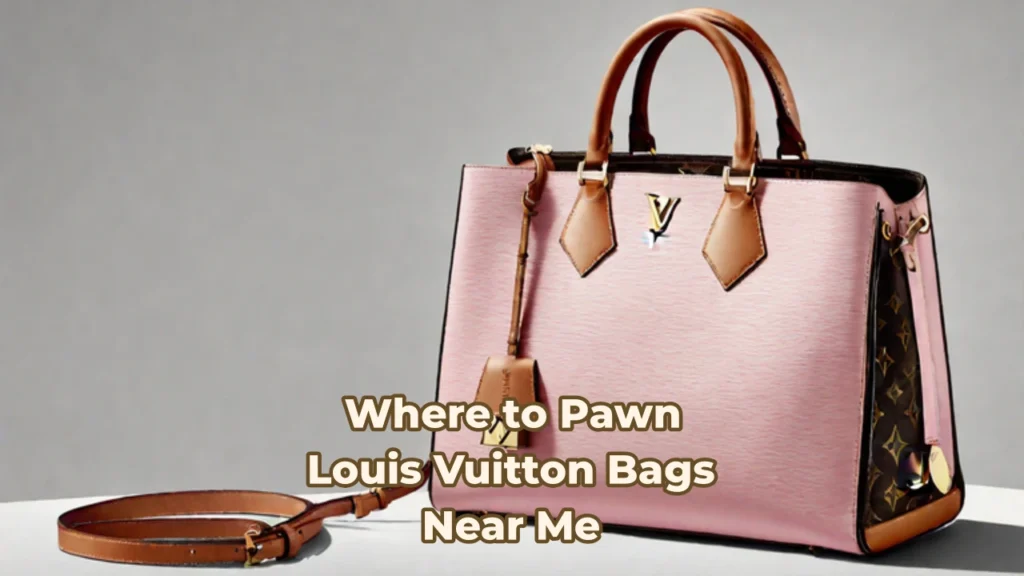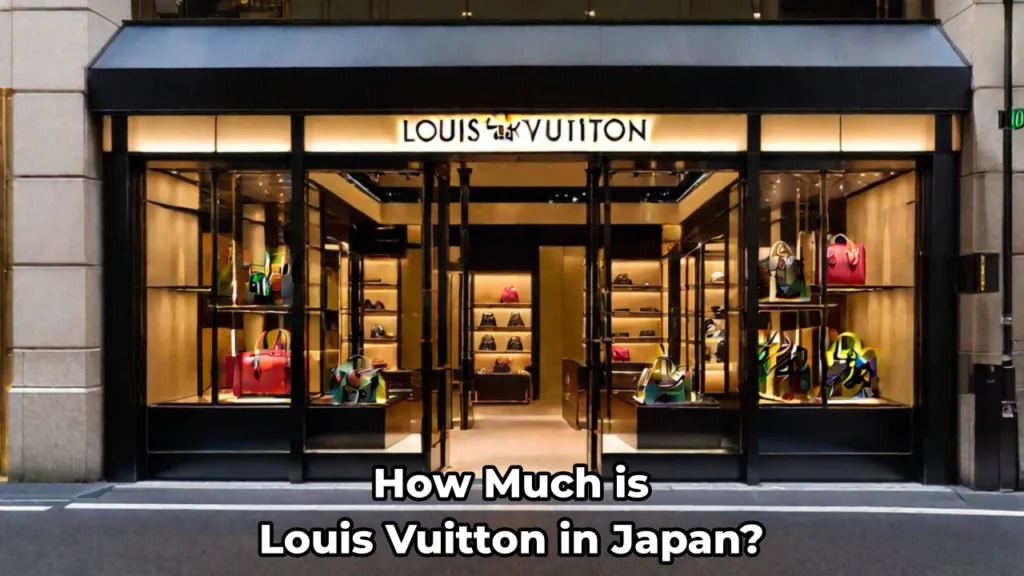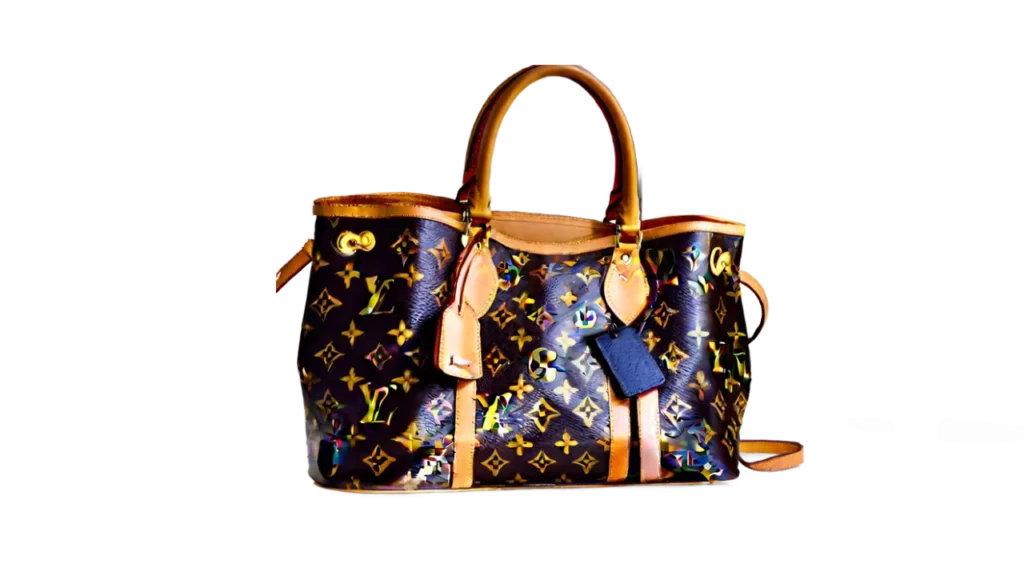Have you ever coveted a handbag with a meticulously crafted design, instantly recognizable from a block away? Or admired a stunning piece of luggage that whispered of luxury and effortless travel? The story behind such coveted items might surprise you. It all began not with a grand fashion show, but in the bustling heart of 19th-century Paris, with a visionary trunk maker and his unwavering dedication to quality.
Table Key Figures and Milestones
| Year | Event | Description |
|---|---|---|
| 1837 | Founder arrives in Paris | Young artisan begins apprenticeship |
| 1854 | Company Founded | First Parisian workshop established |
| 1896 | Monogram Introduced | Iconic pattern debuts on luggage |
| 1987 | Merger with LVMH | Formation of luxury conglomerate |
| 2010s | Collaborations with artists | Partnerships with figures like Jeff Koons, Yayoi Kusama |
A Young Visionary Takes Root in Paris
Imagine a young man, brimming with ambition and a talent for crafting exceptional trunks. This was the essence of our protagonist, a man who would revolutionize the way the world traveled. Paris,当時は (d damaligen toki – at that time), was a city pulsating with innovation and a burgeoning fashion scene. This vibrant energy undoubtedly influenced the young artisan, shaping the very DNA of his soon-to-be legendary creations.
His trunks weren’t just functional; they were marvels of design. Unlike the bulky, cumbersome luggage of the era, his creations were lightweight, stylish, and remarkably durable. He pioneered the use of flat-topped trunks that stacked neatly, a seemingly simple innovation that revolutionized travel for the discerning elite. News of his exceptional craftsmanship spread like wildfire, attracting the attention of the most fashionable circles in Paris.
A Legacy Built on Innovation and Family
The story doesn’t end with the founder. His successors, imbued with the same entrepreneurial spirit, ensured the company’s continued success. They understood the importance of adapting to the changing needs of travelers. As travel transitioned from horse-drawn carriages to steamships and eventually airplanes, the luggage evolved to meet the demands of the new era.
But the company’s vision extended beyond mere luggage. Recognizing a growing desire for luxury beyond travel accessories, they ventured into the realm of handbags and, eventually, a wider range of ready-to-wear garments. This diversification solidified their position as a true fashion powerhouse.
A crucial element in the brand’s ascent was the development of their now-iconic monogram. This instantly recognizable symbol of quality and exclusivity became a badge of honor for those who owned a piece of their legacy. It wasn’t just a logo; it was a statement of refined taste and a connection to a brand synonymous with luxury.
More Than Just a Label: A Symbol of Enduring Style
So, what propelled this Parisian upstart to the pinnacle of the global fashion scene? The answer lies in a potent combination of factors. The unwavering focus on quality craftsmanship ensured that each product was a testament to their heritage. The timeless elegance of their designs transcended fleeting trends, ensuring their lasting appeal.
But perhaps the most significant factor was the brand’s association with exclusivity. Owning a piece from this esteemed house wasn’t just about acquiring a product; it was a declaration of belonging to an elite circle, a world of discerning taste and unparalleled luxury. This carefully cultivated image propelled them to the top, making them a symbol coveted by fashionistas worldwide.
A Vision for the Future: Collaboration and Global Reach
The story doesn’t end there. This iconic house understands the importance of staying relevant in a constantly evolving fashion landscape. They’ve embraced the power of collaboration, partnering with contemporary artists and designers to inject fresh energy into their collections. These collaborations ensure that the brand stays at the forefront of fashion trends, appealing to new generations while retaining their core identity.
Their reach extends far beyond the cobbled streets of Paris. Today, their meticulously designed boutiques grace the most prestigious avenues of the world, a testament to their global influence. Whether you’re strolling down Fifth Avenue in New York or gazing at the Bund in Shanghai, you’re likely to encounter a haven for those seeking a piece of Parisian luxury.
From Humble Beginnings to a Global Icon
The story we’ve explored is a testament to the transformative power of vision, innovation, and an unwavering commitment to quality. It’s a journey that began with a single trunk maker in Paris and evolved into a global symbol of luxury fashion. Theirs is a legacy that continues to inspire, a reminder that even the most iconic brands have humble beginnings, and that true success lies in staying true to one’s core values while adapting to a changing world.
The Art of Craftsmanship
- Behind-the-Scenes: Delve deeper into the meticulous process behind the creation of their products. Describe the ateliers (workshops), the skilled artisans, and the time-honored techniques passed down through generations.
- Materials: Highlight the use of premium materials like exceptional leathers, exotic fabrics, and custom hardware.
- The Human Touch: Emphasize that even with technological advancements, there’s still a significant element of handmade artistry involved, setting them apart from mass-produced luxury goods.
Controversy and the Price of Luxury
- Sustainability Concerns: Briefly touch upon the environmental impact of the fashion industry and the steps (if any) the brand is taking to address sustainability concerns.
- Counterfeiting: Acknowledge the world of counterfeit goods and how the brand combats the issue to protect their intellectual property and ensure authenticity for their customers.
- The High Cost: Discuss the exclusivity factor and what drives the high price tag associated with their products.
The Future of an Icon
- Technological Integration: Explore how the brand might integrate smart technologies into their products, or how they could leverage the digital landscape for innovative marketing and customer experiences.
- Expanding Accessibility (Carefully): While they are intrinsically linked with exclusivity, touch upon how the brand might subtly broaden its reach through diffusion lines or collaborations, without compromising its core luxury identity.
- Philanthropy: Mention if the company engages in philanthropic or social responsibility initiatives, showcasing their values beyond fashion.
Table Product Evolution
| Product Type | Decade Introduced | Notable Features/Innovations |
|---|---|---|
| Flat-topped Trunks | 1850s | Stackable design, waterproof canvas |
| Handbags | 1930s | Iconic designs like the Speedy |
| Ready-to-Wear | 1990s | Expansion into high-fashion garments |
| Smartwatches | 2010s | Integration of technology |
Table Global Reach
| Continent | Number of Boutiques (approx.) | Example Flagship Locations |
|---|---|---|
| Europe | 100+ | Paris, London, Milan |
| North America | 50+ | New York, Los Angeles, Miami |
| Asia | 80+ | Tokyo, Shanghai, Hong Kong |
How to Incorporate These Additions
You have a few options:
- Add Entirely New Sections: For example, adding both “The Art of Craftsmanship” and “Controversy and the Price of Luxury” as distinct sections to maintain a balanced and well-rounded narrative.
- Integrate into Existing Structure: You could weave elements of sustainability or technological innovation into the existing “A Vision for the Future” section.
- Choose One Focus: Pick the angle that interests you most as a writer (craftsmanship, controversy, future potential) and create a focused additional section.
Let me know your preference, and I can provide a sample of how I’d integrate one of these elements into the existing article!




